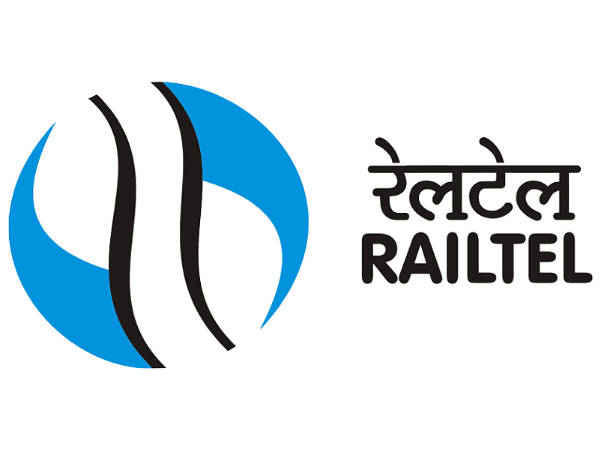Rockwell Automation is a global leader in industrial automation and digital transformation. Headquartered in Milwaukee, Wisconsin, the company provides smart manufacturing solutions to customers in over 100 countries. Rockwell is known for integrating control and information across the enterprise to improve productivity, efficiency, and sustainability.
Overview
Client:
Rockwell AutomationIndustry:
ManufacturingServices:
Industrial Automation, Smart Manufacturing & Digital Transformation and Network & Cyber Security ServicesVia:
netsoft@netsoftit.comChallenge
As Rockwell Automation worked for one of it’s customers and expanded its smart factory capabilities, it encountered increasing demands on its internal network infrastructure. Legacy networking equipment was no longer sufficient to support the volume of data traffic and the critical need for real-time communication between devices. The existing network lacked the scalability, redundancy, and industrial-grade reliability needed for modern manufacturing operations.
Key issues included:
-
Network latency impacting real-time machine-to-machine communication
-
Limited port density in control cabinets
-
Lack of support for industrial protocols and harsh environments
Solution
Rockwell Automation partnered with a trusted industrial networking provider to deploy a new line of managed industrial Ethernet switches. These switches were designed specifically for harsh industrial environments and optimized for seamless integration with Rockwell’s existing automation and control systems.
Key aspects of the solution included:
-
Deployment of Layer 2 and Layer 3 managed switches across manufacturing cells
-
Support for EtherNet/IP and PROFINET protocols for automation compatibility
-
Redundant ring topology with Rapid Spanning Tree Protocol (RSTP) to ensure high availability
-
Industrial-grade enclosures with high tolerance to vibration, dust, and temperature extremes
Results
The upgraded network infrastructure significantly enhanced the performance and reliability of Rockwell Automation’s customers production environments.
Outcomes included:
-
40% reduction in communication latency between control systems
-
Improved network uptime and resilience, minimizing unplanned downtime
-
Increased scalability for future IIoT (Industrial Internet of Things) expansions
-
Simplified device management through centralized switch configuration and monitoring









